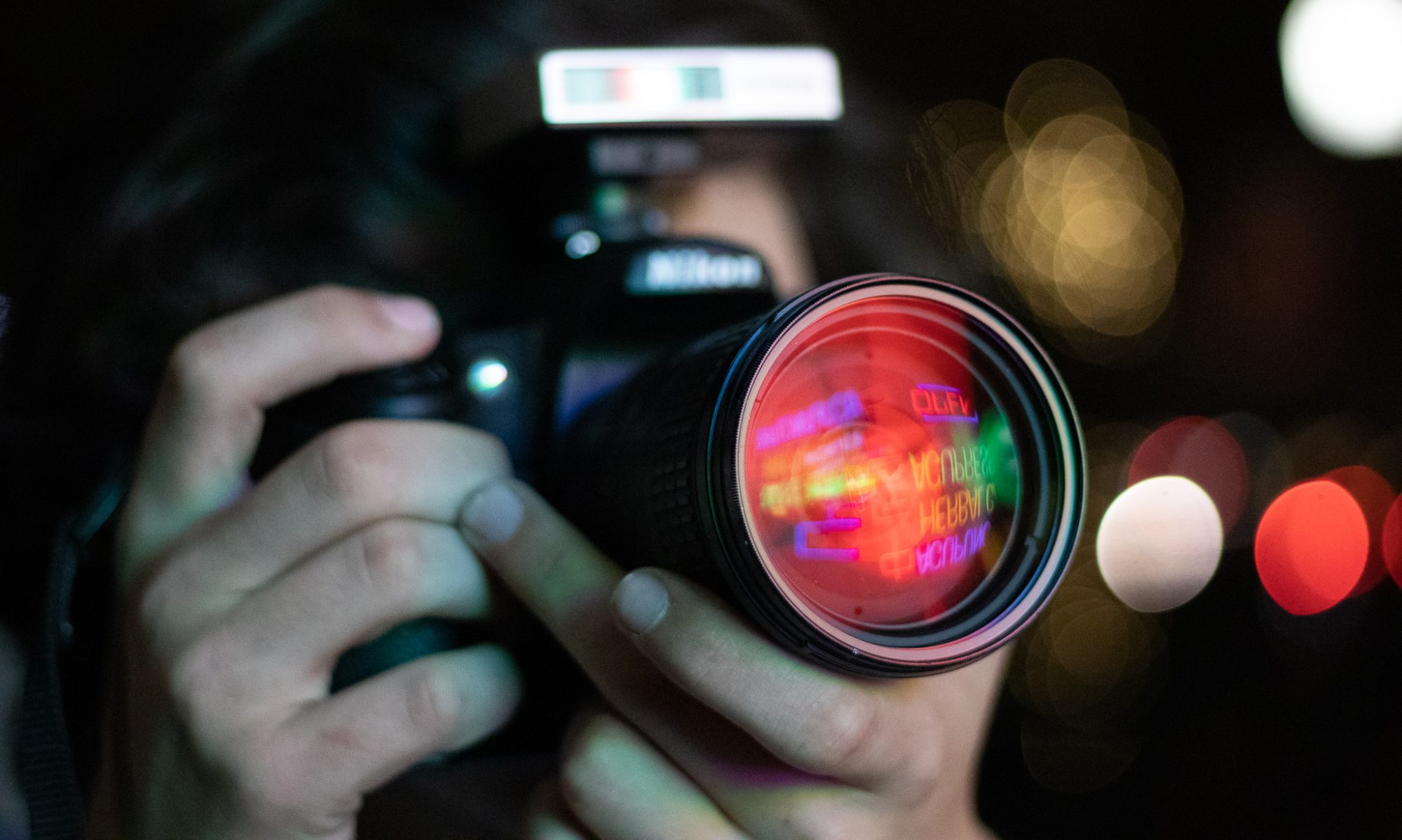Personal Essay
In this unit, I wrote about how I became a productive individual through the experience of Freestyle.
There I am. Standing helpless in the shower, the warm drips of water caressing my back as I debate getting out. It’s been 10 minutes. As I stand, the gentle water slowly chills. I’m unaware at first, until all of a sudden it’s freezing, until I let everything get over my head.
If I were a superhero, my superpower would be resisting action. Unlike superhero origin stories, I gained my superpower in first grade when I realized I could get away with not doing much work and still get the grade. As I grew older,, this small quirk infested itself into my life, quickly becoming a nasty, cancerous disease that I could not shake off.
My early childhood passions were also being crippled. I couldn’t get good at soccer in one day. I couldn’t make a youtube channel in a day. And I definitely could not get ripped by doing a month’s worth of workouts in one day.
All of these unfinished personal projects were the results of this silent procrastination that had plagued my life. One of these huge skills I wanted to develop was video. Starting from a very young age, I looked up to content producers on Youtube; I wanted to be just like them. So, I started my own channel. I animated legos. I played minecraft in front of the camera. I learned basic video editing techniques, cutting, separating audio from video, and putting titles. But slowly, my channel decayed into a shell of its former glory. It’s only purpose was a host for my half baked school projects. As I lost touch with my Youtube channel, I lost touch with my desire to improve, and the learning process. What I had learned was enough for school. Even in broadcasting classes I had taken, the formula was basically the same. Cut video, seperate audio, put titles in.
But then, in Junior year, I joined Freestyle Academy. Freestyle does things different than your average school classes, namely, project based learning; a way of teaching that gets students involved hands on. At the beginning, I thought I could do things the same way I always did, work in class, do nothing at home, and fumble together a “school project” quality work in a few hours. My first project, I waltzed in acting like I owned the place, after all video was my passion, I mean, I had been doing it for 8 years!
So the whole class is sitting down waiting to watch everyone’s projects. Suddenly, a bright flash of red. Instantly, this student’s film grabbed my attention. The entire film ebbed and flowed as if the creator had spent his whole life looking at every frame, wondering the very meaning of it, and how it contributed to the whole. Our first project was experimental film, and even though I expected to be good at it, comparing myself to all the other projects put me in my place for once. While I was sitting around doing nothing the past 8 years I had an interest in video, all the other kids in the class flexed their films that they had worked hard to create, just as they had worked hard for everything they had to learn to make those short films and videos.
In that moment, I realized what I had done. I let the work pile up on me and get over my head. I had stayed in the shower for too long, I had let the water run cold. Sometimes, we all let the shower run a little colder than we’d like it to. But, eventually, we all have to get out, and face what we’ve been avoiding for so long.
Museum Curation
For our trip to the SF MOMA, our class was tasked with creating a museum of artwork. In my museum, I decided to focus on historical photography versus artistic photography in mostly black and white photos. There is a split between the value of old photos; certain photos depict or represent important historical events, where the art of the photo is in the history, whereas other photos are artistic through their use of design language. In my museum, I chose to focus on photos where design language was a prominent feature of the piece. Because of the limited color range, photographers had a lot less to work with to make their art stand out. By looking at what photographers did to shoot good photos, I could use the structural fundamentals they used in my own photos.
Nature Photography
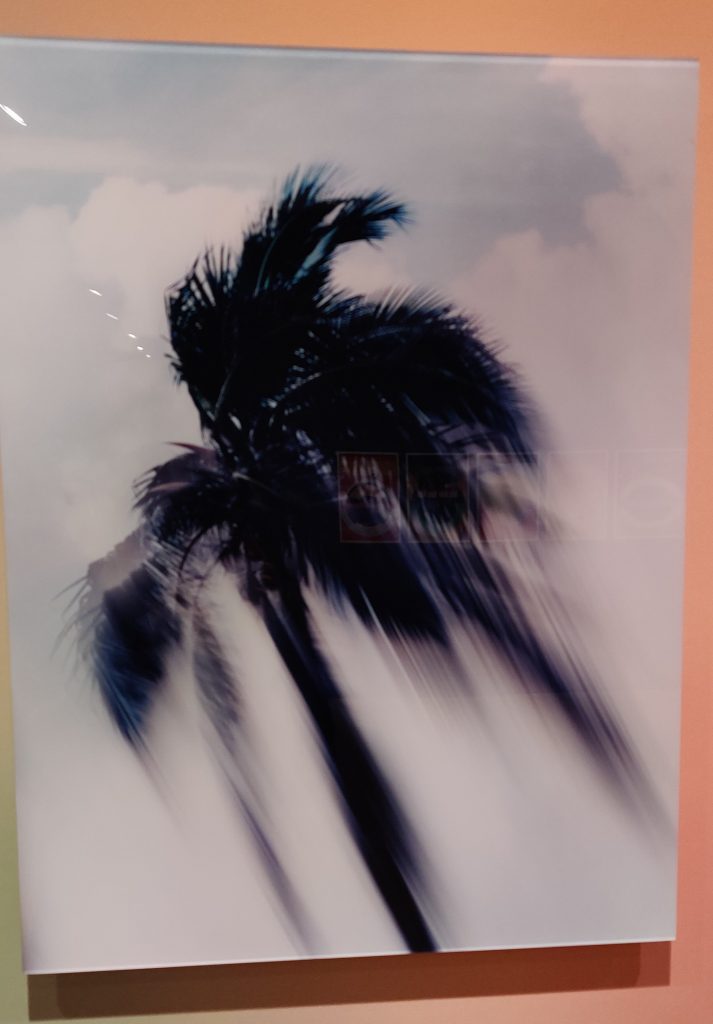
I chose this photo to stay in my museum, because of the use of shutter speed. The color pallete of the tree really stood out to me, usually you’d expect a variety of greens and browns. However, the color grading made this tree more of a blue and black blur. The blur adds a sense of movement, and the passage of time. Looking at this photo, the audience is placed into the scene, as an onlooker at a beach watching a palm tree sway in the breeze. This is an example of nature photography done right; differing from the medium of somewhat boring landscape photos.
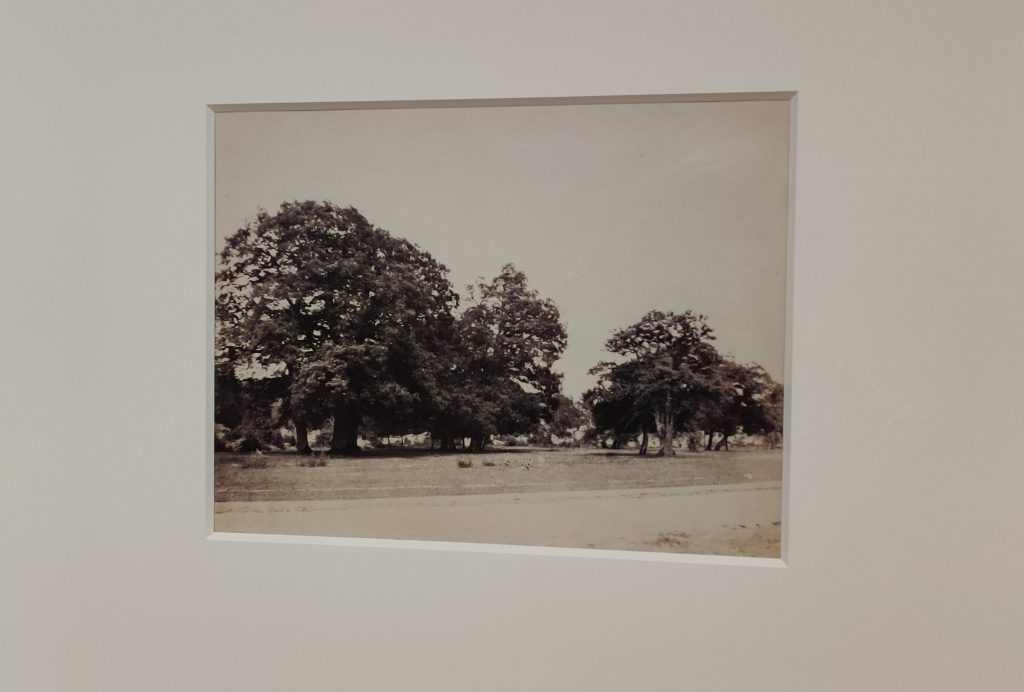
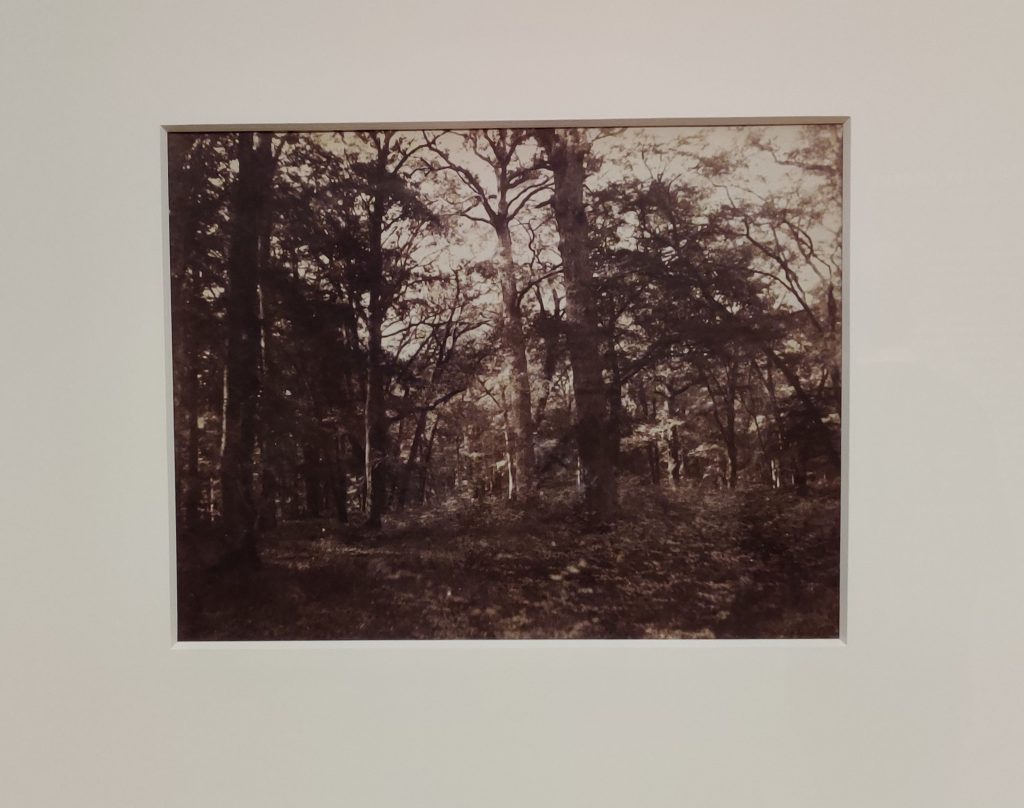
These next photos are historical pieces. Taken in the early 1800’s, these show adopters experimenting with the technology. Photos like these wouldn’t be shown in my museum since there are little art technique to them, rather the novelty in these photos are in the age of them. There is little contrast to them, and the abundance of information in the tree’s leaves fully in focus reveal the age of this camera, which struggles to capture the crispness of the environment as a result. The limits and capabilities of the technology at the time are not taken into account by the photographers, so these are not very appealing pieces for my museum.
Urban Photography
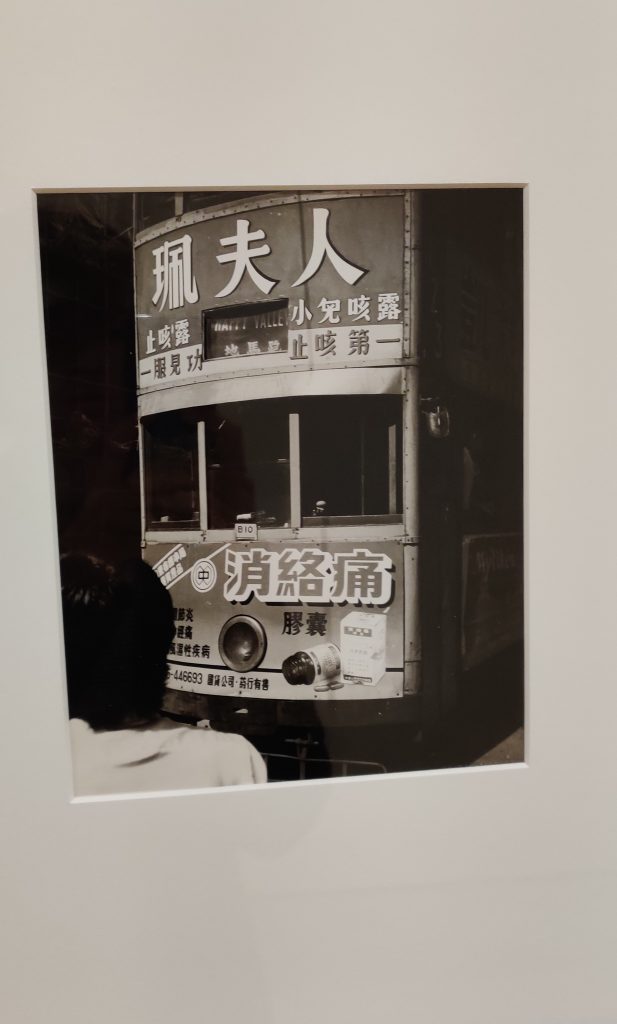
This next image, taken in the later part of the 1800s shows an unknown photographer using techniques that are still the fundamentals in modern photography. This photo has a lot of great leading lines, that add structure to the image. The train takes center stage in this photo, and the parallel lines of it’s structure help solidify itself when compared to the sides of the frame. There’s also a very good use of contrast used in the photo, to help make the front of the train pop out from the sides. The use of light helps the image have the feeling of this train moving towards the frame, and towards the viewer. This would definitely be in my museum.
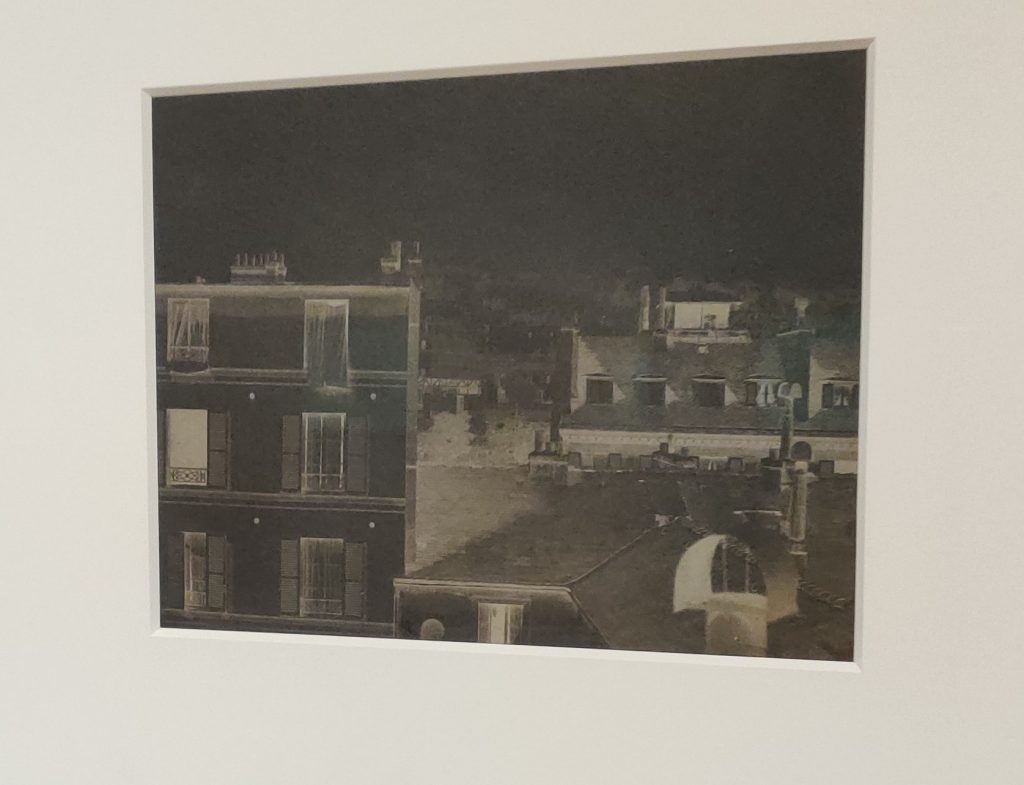
This photo of an urban environment was also taken in the 1800s by an unknown photographer. As shown in the photo, there are a lot of leading lines and structure to the photo. What makes this photo not make my museum curation is the quality of it. Although this was another early photo with historical value, in modern day photography this would not be on a photographers portfolio. The piece has a lot of grain, which isn’t inherently bad but there are a lot of parts of the image which lose detail as a result; notably the center of the photo is blurry and unclear to the viewer. I’m not sure where the roof stops, and what’s behind it. Additionally, nothing stands out in the photo. There is no use of lighting or focus to contrast something important in the frame, and there isn’t enough structural unity in the photo to justify not having a main subject. From far away, this photo looks bland, unappealing and blurry, which isn’t helped by the aging of it’s black and white appearance.
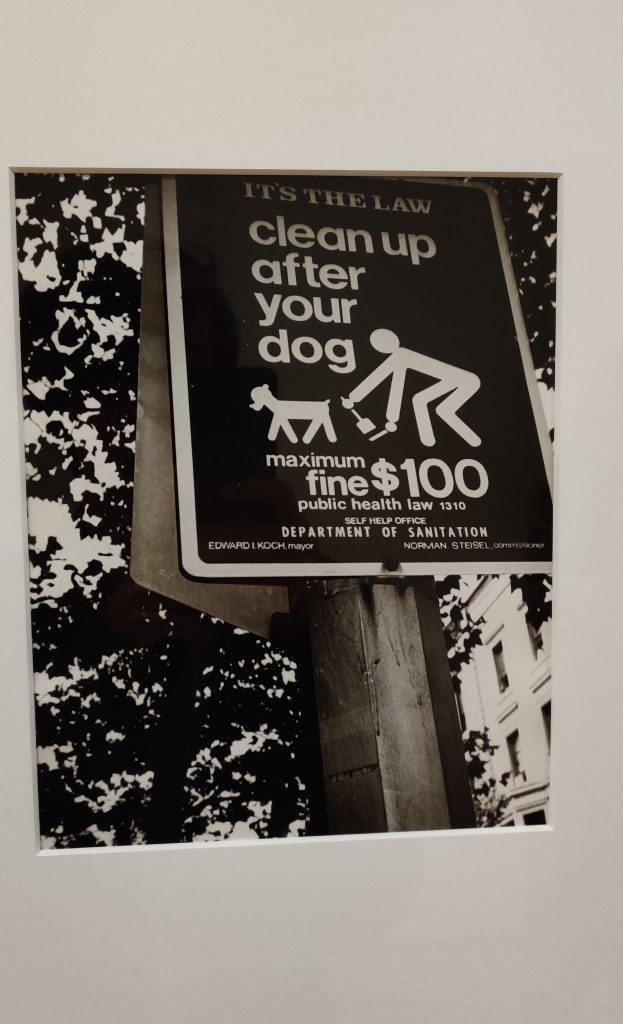
This last photo, also by an unknown photographer, was taken in the early 1900s. At the MOMA, this photo immediately caught my eye. The crisp black sign with white borders and bright white letters stands out amongst a lot of the other faded black and white photography. The colors on the sign harshly contrast each other, which is juxtaposed with the background on screen, which has a gradient of different grays. In addition, the use of focus helps a lot to make the sign stand out even more. The leaves in the background look like staccato paint drops mixed together, which adds a lot of texture the photo lacked with just the plain black and white sign in the foreground. Additionally, the low angle the sign is taken from helps solidify it’s message of authority. The excellent use of these elements make for a particularly eye catching photo.
